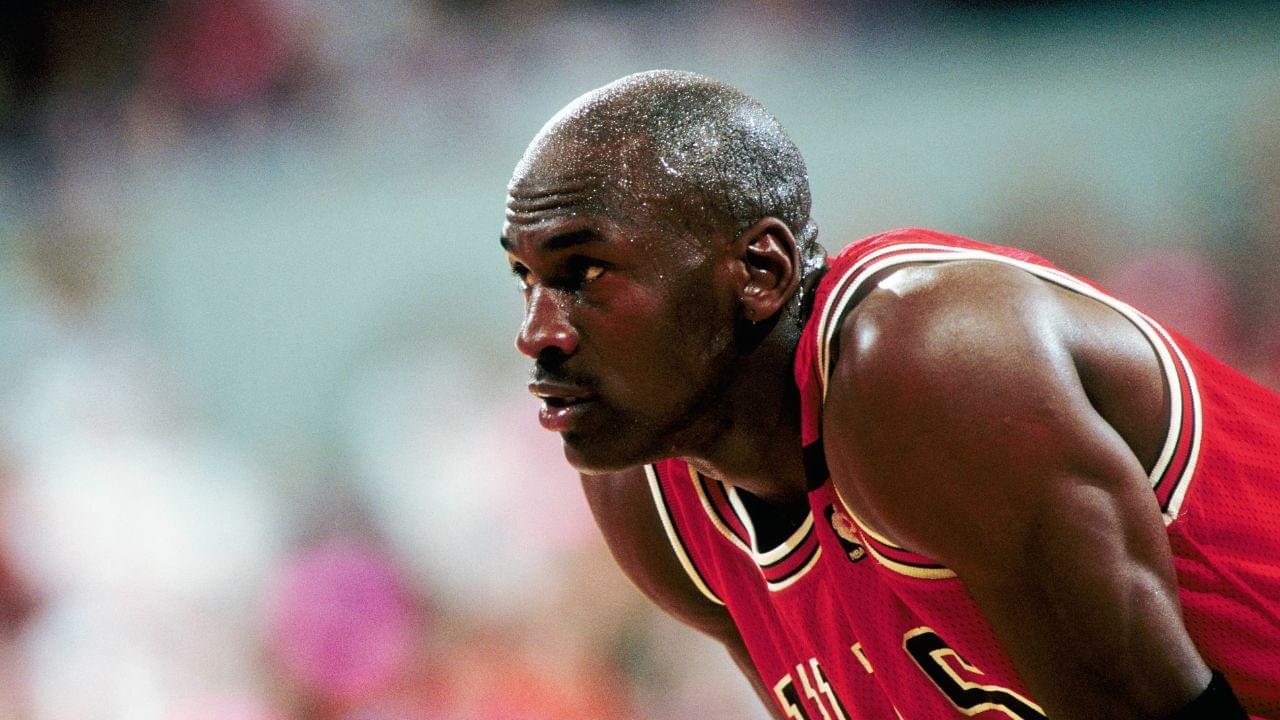What Are ‘The Jordan Rules’ in Basketball?

Before Michael Jordan and the Bulls won their first title together in 1991, the Pistons had ended their season three years in a row in the playoffs.
Talent-wise, the Bad Boys and Chicago were on par, especially in 1989 and 1990.
So why did Jordan and the Bulls fail to get past them? The answer is the The Jordan Rules.
Pistons head coach Chuck Dalys magnum opus worked perfectly in the playoffs and extended Jordans wait for his crowning moment by two years.
But what were these rules and why were they effective? How did Jordan finally get past the hump? Heres everything you need to know.
What are The Jordan Rules? Michael Jordan made it clear in his rookie season that he was a special talent.
He quickly became a thorn in the side of several teams, especially in the Eastern Conference, as they had to face him several times in a season.
Head coaches across the league were left scratching their heads searching for a way to stop him from running riot.
The Pistons and their head coach were especially petrified, as his rise to superstardom coincided with their ascension as title contenders.
To stop him from wreaking havoc on his team, Daly devised the Jordan Rules in 1988.
The main goal was to ensure the guard didnt get to the basket easily.
Daly claimed his system had one main goal to ensure Jordan never got the same look at the rim twice.
He wrote about how he had contingencies in place for every possible scenario, from the point to the left wing to the right to inside the paint and beyond the arc.
Daly even had a plan to ensure the Bulls superstar didnt cause problems for the Pistons off the screen, and asked his players to harrass him with their physicality.
He detailed that he didnt want to injure him or be dirty in any way, but he wanted to ensure that the extra physicality would at least scare him, or slow him down.
In an interview with Sports Illustrated, Daly said, The head coach admitted that the schemes werent meant to completely stop Jordan, but only to make him hesitate long enough to allow the Pistons to put more men on him.
His ideas did have their merit, and with the success that the Pistons endured after the implementation of the Rules, people began to think that Dalys brainchild was effective in slowing Jordan down.
How effective were the Jordan Rules? Just after Daly devised it in 1988, the Pistons had the opportunity to use The Jordan Rules.
They met Michael Jordan and his Bulls in the second round of the Eastern Conference Playoffs, and the players executed their head coachs game plan.
It worked like a charm as the Pistons beat the Bulls in five games.
They held Jordan to 27.4 points per game, which is pretty impressive, but underwhelming compared to the regular season, where he averaged 35.
So all things considered, the Jordan Rules worked.
It laid the blueprint for how the guard could be slowed down.
For the next two years, the Pistons relied solely on it every time they met the Bulls in the playoffs.
The results? A 4-2 win in the 1989 Eastern Conference Finals followed by a 4-3 series win in the 1990 Conference Finals.
Whats better is that the Pistons would end up winning the title in both of those years.
But the seven-game series in 1990 marked a changing of tides.
Jordan had figured Dalys tactics out, and he went into the offseason plotting revenge.
He did get his revenge in the sweetest way possible.
In 1991, Michael Jordan and the Bulls swept the Pistons in the ECF, on their way to the 1st of their 6 titles.
How did Michael Jordan break free of the Jordan Rules? After he figured out that the Pistons were looking to ruffle his feathers by physically intimidating him, Jordan went into the 1990 offseason with one goal in mind to become strong enough to withstand Detroits physicality.
He worked with Tim Grover on all sorts of strength drills and ensured that hed be strong enough to not get worn out by the constant bumping and bruising that the Pistons defense planned on dishing.
Jed Buechler, who was a part of the Bulls second three-peat, revealed that Jordan stayed with Grover for the entirety of his career.
He said, After assessing the losses, Jordan realized that instead of driving into the paint and inviting contact, hed be more impactful if he used post moves.
He religiously worked on his catch-and-shoot game, especially from the lower post, and hed get help from the Bulls rookies.
To hone his back-to-the-basket game, Jordan spent the entire 1990-91 season dragging 610, 230-pound rookie power forward Scott Williams onto the floor for post-practice one-on-one sessions with one rule: only post moves allowed.
Jordans arduous regime worked.
The Bulls swept the Pistons in the Eastern Conference Finals, won the first of their six titles in 1991, and never looked back..
This article has been shared from the original article on thesportsrush, here is the link to the original article.
